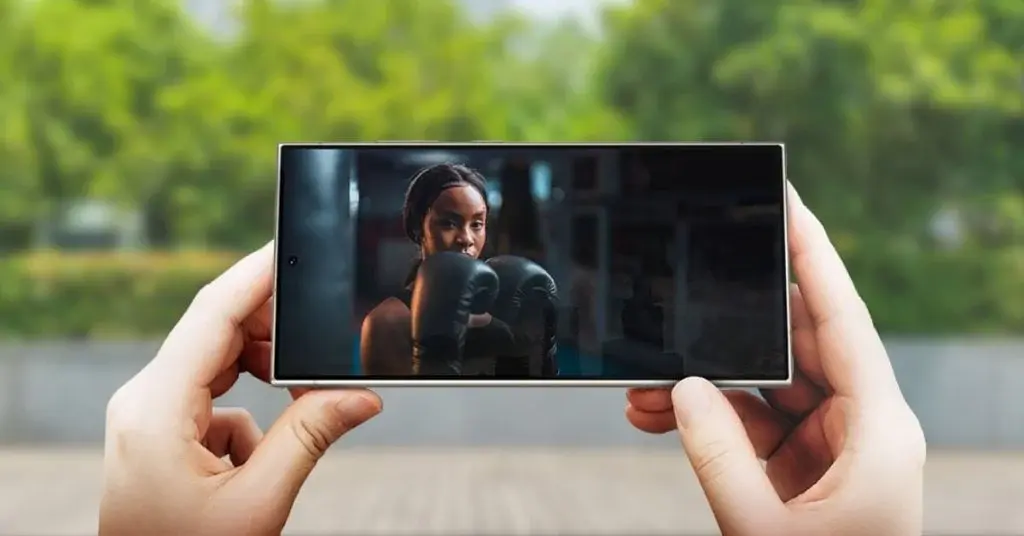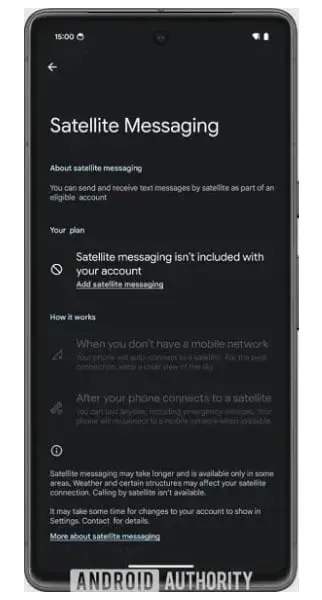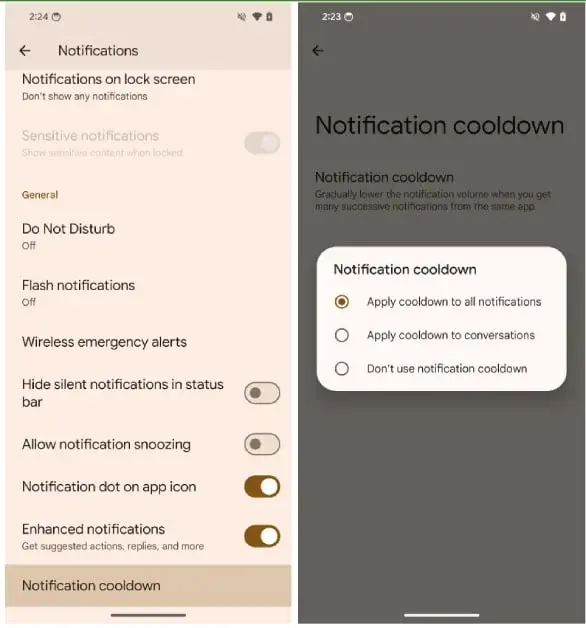With Google's initial developer preview of Android 15 out, Samsung Galaxy device users may be wondering about the possibility of receiving the update. While an official list is not yet released, we can anticipate which devices might be eligible.
Android 15 Update Expectations
Google is anticipated to finalize Android 15 by around July 2024. Following this, Samsung will incorporate its upcoming One UI 7 into the latest Android version, which could take a few extra months. Consequently, there is a considerable waiting period before Galaxy devices begin to receive the software update.
Potential Galaxy Devices for Android 15
While an exact list isn't available, Samsung has provided update durations for most of its devices. Based on this information, we can speculate on which Samsung devices could receive the Android 15-based One UI 7 updates. SamMobile has compiled a list of potential devices that might be eligible for the update:
Galaxy S Series
- Galaxy S24 Ultra
- Galaxy S24+
- Galaxy S24
- Galaxy S23 Ultra
- Galaxy S23+
- Galaxy S23
- Galaxy S23 FE
- Galaxy S22 Ultra
- Galaxy S22+
- Galaxy S22
- Galaxy S21 FE
- Galaxy S21 Ultra
- Galaxy S21+
- Galaxy S21
Galaxy Z Series
- Galaxy Z Fold 6
- Galaxy Z Fold 5
- Galaxy Z Flip 6
- Galaxy Z Flip 5
- Galaxy Z Fold 4
- Galaxy Z Flip 4
- Galaxy Z Fold 3
- Galaxy Z Flip 3
Galaxy A Series
- Galaxy A73
- Galaxy A72
- Galaxy A54
- Galaxy A53
- Galaxy A34
- Galaxy A33
- Galaxy A25
- Galaxy A24
- Galaxy A23
- Galaxy A15 (LTE+5G)
- Galaxy A14 (LTE+5G)
Galaxy Tab Series
- Galaxy Tab S9 FE+
- Galaxy Tab S9 FE
- Galaxy Tab S9 Ultra (Wi-Fi/5G)
- Galaxy Tab S9+ (Wi-Fi/5G)
- Galaxy Tab S9 (Wi-Fi/5G)
- Galaxy Tab S8 Ultra (Wi-Fi/5G)
- Galaxy Tab S8+ (Wi-Fi/5G)
- Galaxy Tab S8 (Wi-Fi/5G)
Galaxy F Series
- Galaxy F54
- Galaxy F34
- Galaxy F15
Galaxy M Series
- Galaxy M54
- Galaxy M34
- Galaxy M53
- Galaxy M33
- Galaxy M15
The above list is based on current information and may change upon Samsung's official announcement, expected around August or September 2024. Stay tuned for updates as they become available.







